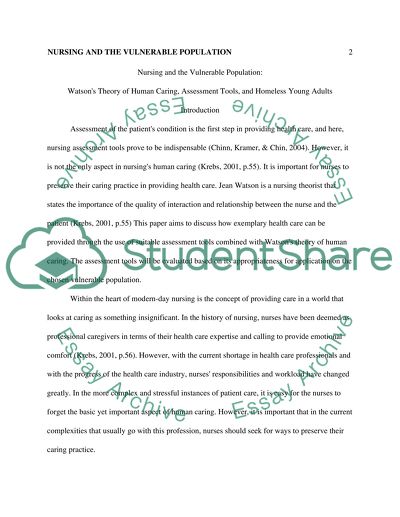Cite this document
(“Nursing and the Vulnerable Population: Watson's Theory of Human Research Paper”, n.d.)
Retrieved from https://studentshare.org/nursing/1439476-assessment-tool-analysis-paper
Retrieved from https://studentshare.org/nursing/1439476-assessment-tool-analysis-paper
(Nursing and the Vulnerable Population: Watson'S Theory of Human Research Paper)
https://studentshare.org/nursing/1439476-assessment-tool-analysis-paper.
https://studentshare.org/nursing/1439476-assessment-tool-analysis-paper.
“Nursing and the Vulnerable Population: Watson'S Theory of Human Research Paper”, n.d. https://studentshare.org/nursing/1439476-assessment-tool-analysis-paper.


